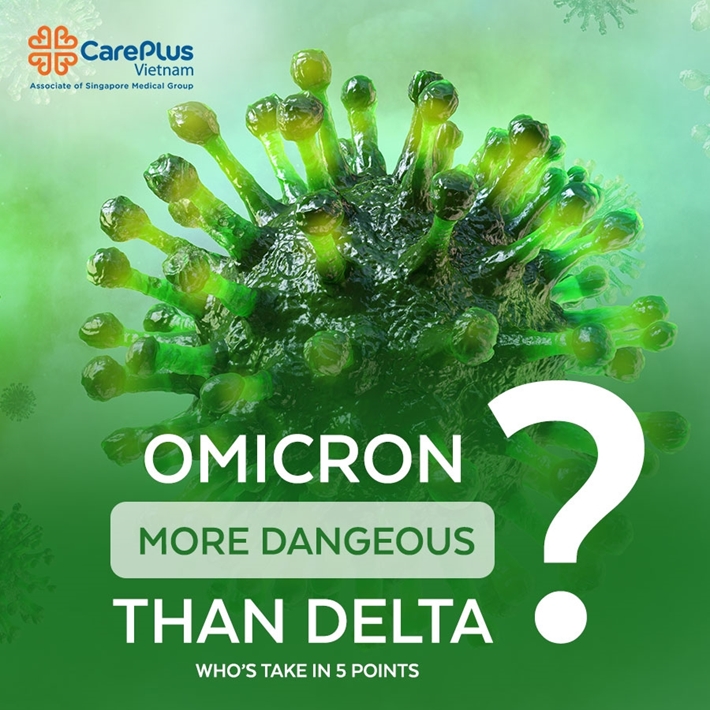"Omicron" is more dangerous than Delta? WHO's take in 5 points
Omicron first appeared in South Africa on November 22 through a patient sample taken on 9/11.

12/2/2021 7:29:12 AM
After flagging the coronavirus strain B.1.1.529 as “Omicron” - a variant of concern, the World Health Organization WHO released its latest findings amid the growing problem on Sunday. Worry about this variant is growing worldwide.
Here are 5 critical points summarized in the WHO report on the new strain “Omicron”:
1. Possibility of transmission
It is unclear whether ‘Omicron’ is more transmissible (easily spread from person to person) than Delta and other variants. Although the number of people testing positive has now increased in areas of South Africa affected by this variant, epidemiological studies are still underway to determine whether it is because of Omicron or other factors. An essential factor to consider is that vaccination rates in Africa are relatively low, with a population of 1.2 billion, but vaccination rates in Africa are only 6%.’
2. Severity:
Whether the new Omicron’ causes more severe disease than other strains is still inconclusive. Understanding the severity of a variation will take days to weeks. There is currently no information to suggest that Omicron-associated symptoms differ from those of other variants.
3. Effective for people who have been infected with Covid-19
The risk of reinfection with the ‘Omicron’ variant may be increased. This means that people who have had Covid-19 may be re-infected with this variant more quickly than with other variants. However, the information is still limited, so that we will update it later.
4. Vaccine effectiveness
WHO is working with technical partners to understand the potential impact on vaccines. Vaccines are still crucial in reducing severe illness and death, including against the dominant Delta variant.
5. Efficacy of tests and treatments
Currently, RT-PCR tests can detect this new strain of the virus. Corticosteroids and IL6 Receptor Blockers will remain effective for managing patients with severe COVID-19. It will evaluate other treatments to see if they are still effective given the compositional changes in the Omicron variant.
Source: WHO